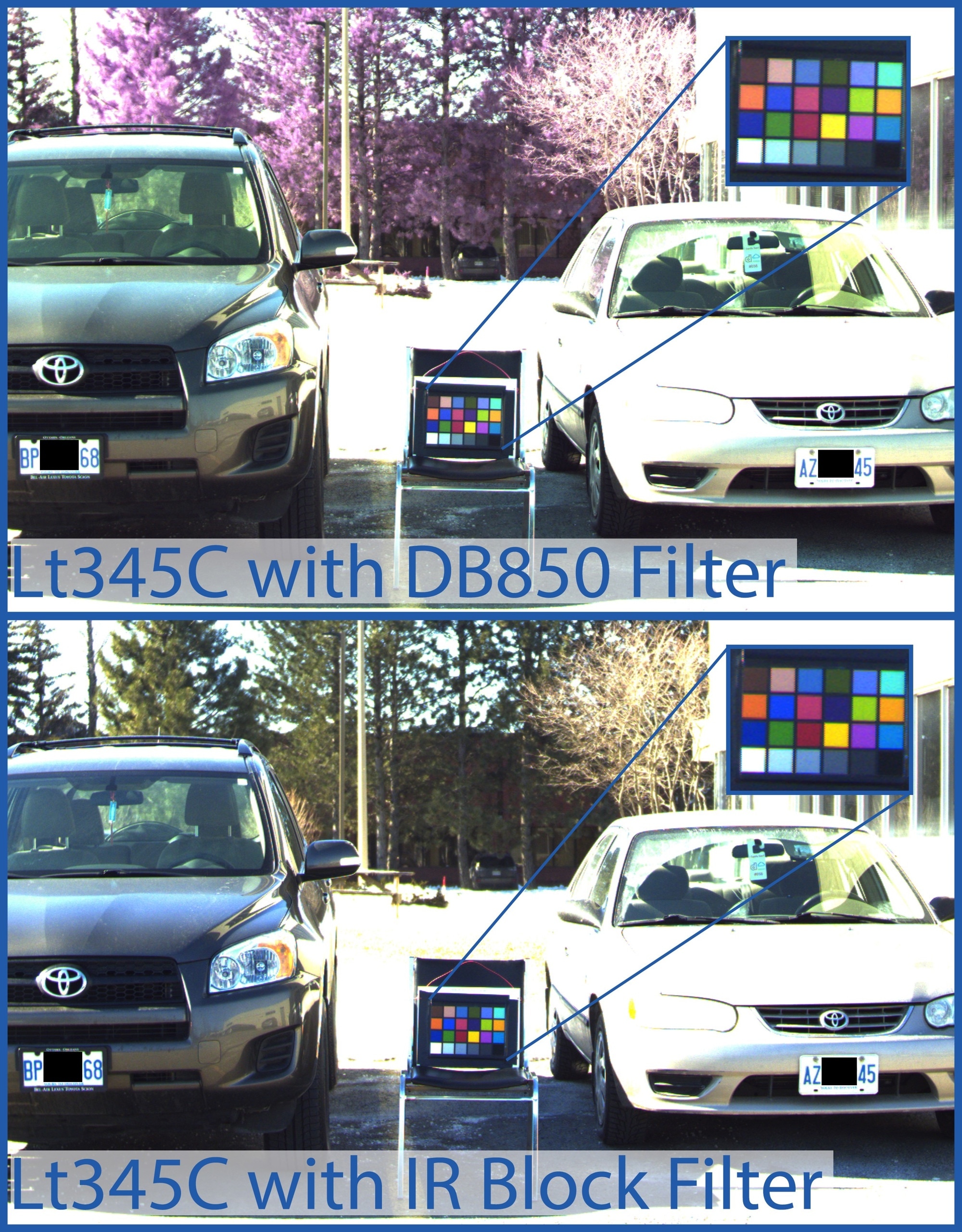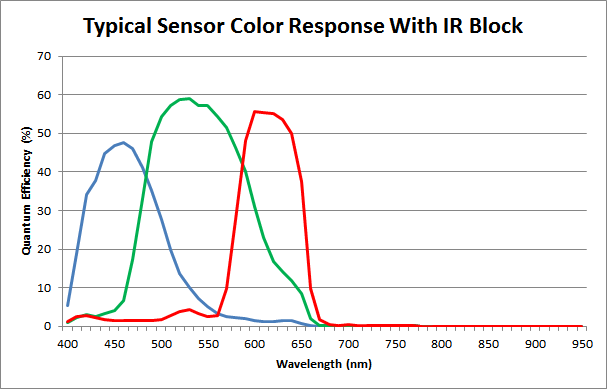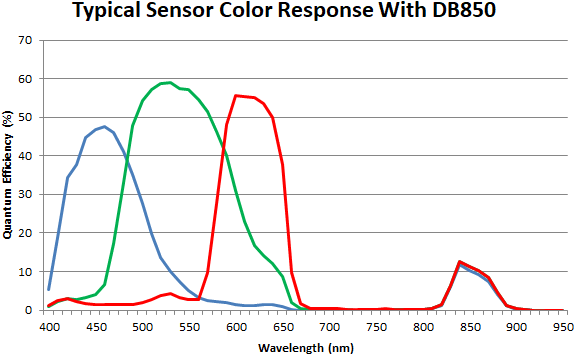In this interview, Brendan Lelieveld-Amiro talks to AZoOptics about how imaging with NIR light can benefit Imaging systems.
What is NIR imaging trying to accomplish?
NIR lighting can illuminate images without the need for increasing visible light. This allows for brighter images without introducing overwhelming light sources in dark environments such as outdoor imaging at night. By exposing different objects to NIR light they can uniquely reflect light based on their composition. This method can reveal unique details about a target that may be difficult to determine simply by using visible light.
What applications can benefit by leveraging a camera’s NIR sensitivity?
Applications can leverage NIR light to illuminate a scene with a colored camera, such as low light environments where visible light can cause interference. However, for outdoor applications, consider that the camera’s color accuracy will be significantly impacted as the sunlight that reaches the surfaces of the earth is roughly 53% IR light. Teledyne Lumenera recommends using a dual bandpass filter that transmits the entire visible spectrum as well as a small amount of near-infrared (NIR) light that matches the output of the light source intend for use.
Intelligent traffic systems (ITS), precision agriculture, and food inspection are all examples of applications that can take advantage of NIR light. Typically, for ITS a NIR light source could be used at night if local regulations prohibit the usage of white-light strobes that have a propensity for distracting or impairing drivers. In food inspection and precision agriculture, a NIR light source could be used to illuminate the scene to help determine the health of the product. Due to healthy organic material reflecting a higher amount of IR light than unhealthy, dead, or inorganic matter, NIR imaging can be used as a method of inspection. For damaged and bruised food or crops that have fallen ill, the NIR reflections will have higher contrast due to unhealthy areas absorbing NIR light and appearing dark.
For outdoor applications select a dual bandpass filter that matches the light’s spectral output to maximize the desired wavelengths transmitted to the sensor while reducing the impact that daylight will have on the camera’s color accuracy. Finally, to trigger the light source using the Teledyne Lumenera camera’s GPIO, which has excellent reliability with a signal delay in the order of microseconds.

How do infrared blocking filters work?
Most color cameras have infrared (IR) blocking filters between the lens and the image sensor. Teledyne Lumenera cameras use a dichroic filter, which means they use a series of thin optical coatings to interfere with IR wavelengths while allowing the shorter wavelengths of visible light to pass through largely unaffected.
Why do color cameras have an IR blocking filter and why could this be an issue?
Color cameras have these filters to ensure proper color balance. This is because the silicone that makes up the image sensor is not only sensitive to white light, but to IR light as well.
Color sensors have an alternating pattern of red, green, and blue micro-filters over each pixel to allow the camera to differentiate color. This is similar to the human eye, with its red, green, and blue cone cells. However, these micro-filters are not able to block IR light. For this reason, an IR blocking filter is added to the optical path to avoid IR light from being misidentified as either red, green, or blue light. This also means that external IR lighting cannot normally be used with color cameras since these wavelengths are now invisible to the sensor unless the filter is removed.

Teledyne Lumenera Lt345C with and without an IR blocking filter affecting color response
What are the color responses with and without IR blocking filters?
Teledyne Lumenera color cameras have an IR blocking filter that will start blocking wavelengths approximately after 640 nm. This will cause the sensor’s red response to have a sharp decline around this point. Removing the IR blocking filter would see the red channel have a much more gradual decline, tapering off around 1000 nm. Furthermore, the green and blue channels start to increase in sensitivity between 700 and 750 nm, where they quickly race up to match the red channel’s sensitivity and then gradually decline at the same rate to come to a rest around 1000 nm.

.png)
What other considerations should be taken when using a dual bandpass filter?
Implementing a system that uses both visible and NIR wavelengths requires a NIR-corrected lens. This is because standard lenses have two different focal points for white light and NIR light. Extra glass elements are added to NIR-corrected lenses to ensure that the focal points across all wavelengths converge at the same place behind the exit pupil. Using a non-corrected lens would require a change in focus when transitioning from daylight to NIR light and would introduce some distortion during the day caused by the sun’s IR emissions.

Color Sensor Response When Using Visible + an 850nm Dual Bandpass Filter
How can Teledyne Lumenera help me design an imaging system using a color camera and NIR lighting?
Teledyne Lumenera works closely with customers to help them find a camera that meets their requirements and have a team of dedicated imaging experts to help with integration. With extensive knowledge of vision system components, Teledyne Lumenera can make recommendations as to what products work well with the customer’s project. They can assist with lens, lighting, and filter selection and are experts when it comes to the API, going as far as helping with and reviewing customer source code. Based on the requirements of a customer, Teledyne Lumenera will highlight things that should be considered and assist with finding the optimal products that could facilitate the desired application.
Disclaimer: The views expressed here are those of the interviewee and do not necessarily represent the views of AZoM.com Limited (T/A) AZoNetwork, the owner and operator of this website. This disclaimer forms part of the Terms and Conditions of use of this website.